Are Driverless Trains Actually Viable In The Future Of Trains?
Organizations and technology aficionados across the world continue to develop driverless cars, trucks, boats and airplanes. However, autonomous trains and driverless trains don’t seem to be a viable option yet in the future of trains.
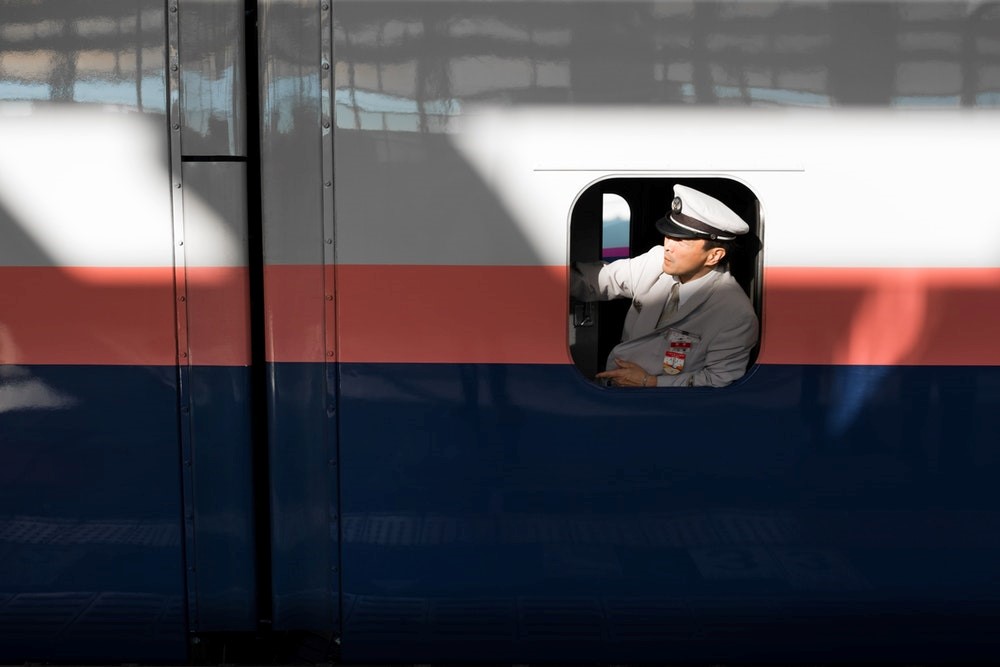
What do we mean when we refer to autonomous trains?
When it comes to train automation driverless trains, there are four grades of automation in the future of trains.
1. The first grade is Automated Train Protection (ATP). This driverless trains system continuously checks a train’s speed and brings it to a stops if it detects it is going out of control.
2. The second grade is Automated Train Operation (ATO) which covers the driverless trains automation of systems that control things like track changes, and the starting and stopping of the train.
3. The third grade is Driverless Train Operation (DTO). There are no drivers, but an attendant is on board to take control during any emergency which arises.
4. The fourth grade is Unattended Train Operation (UTO). This level can be considered true automation driverless trains without any staff on board.
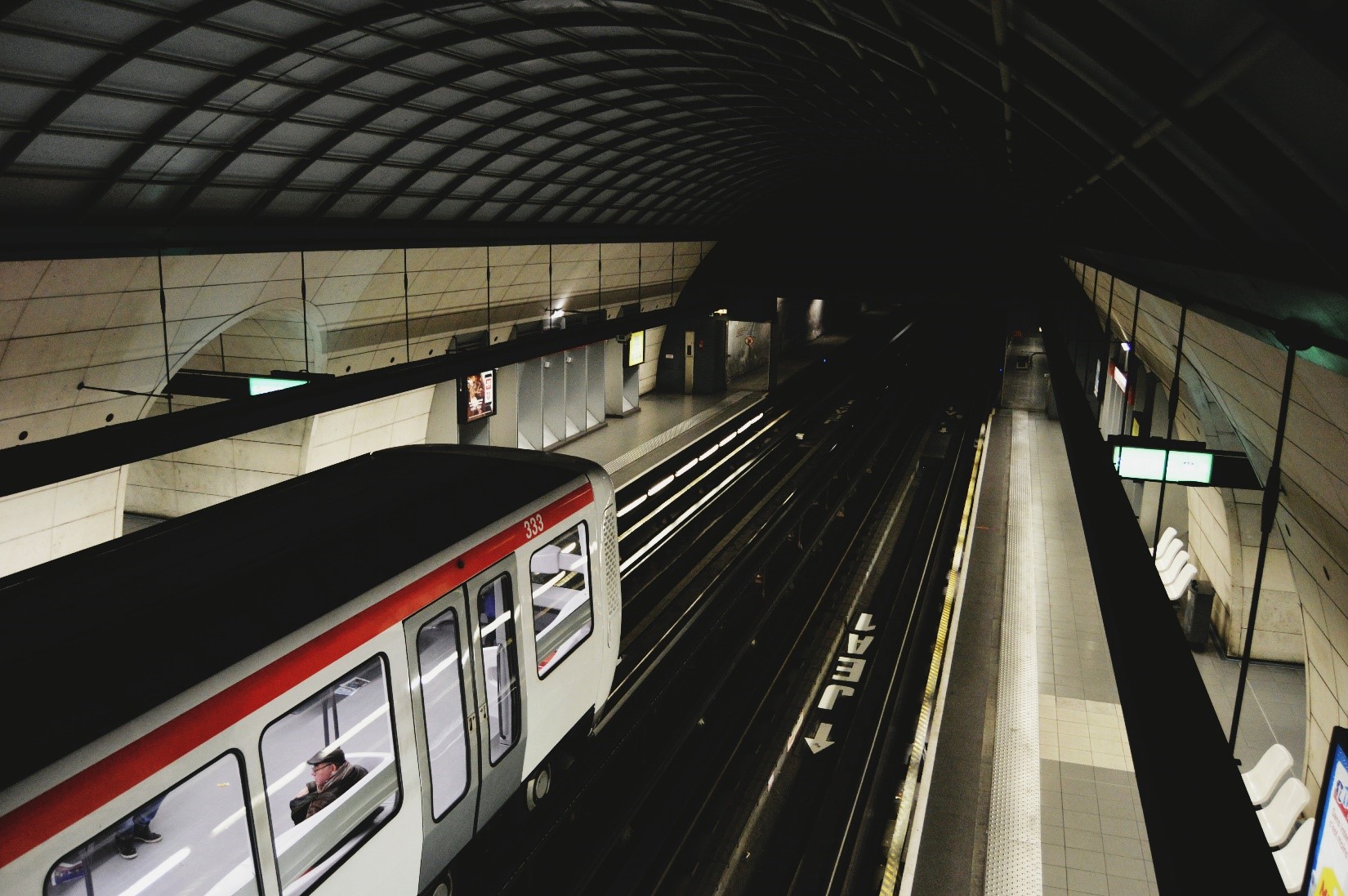
What are the challenges facing fully automated trains (UTOs)?
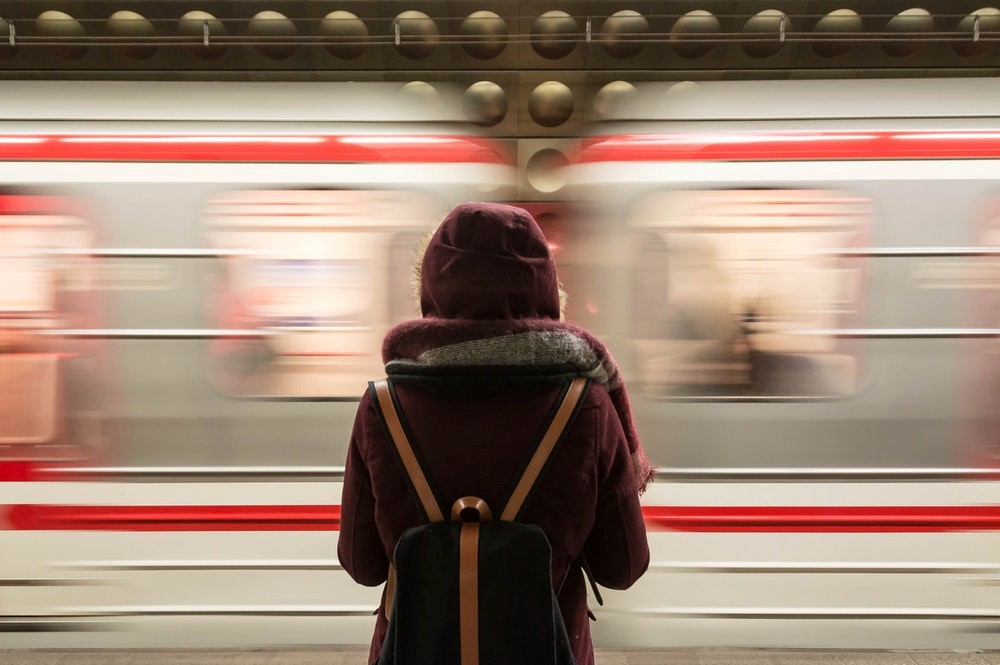
Looking at the issue in a very simple way, you’d think that it would be easier to start with developing fully autonomous trains driverless trains in the future of trains before moving onto vehicles and other modes of transport. If you consider a car on a road, the variables of things that can go wrong and how to handle them increase exponentially. After all, a train runs on a fixed track which greatly reduces the risk of having to detect and monitor other trains. If only things were so simple…
Many of the automated trains driverless trains we see today do not have obstacle detection systems and are mostly limited to trips over raised, unobstructed tracks like metro lines, airport terminal connections, and amusement parks. So these trains always assume a free line and can operate easily and efficiently.
The biggest issue holding back the development and implementation of fully Unattended Train Operation (UTO) is braking distance in the future of trains. Trains require much larger stopping distances when compared to any other vehicle type. Stations or obstacles need to be identified well in advance in order to make a calculated stop. The friction of a train’s metal wheels is considerably less than that of a rubber tire on a vehicle. Therefore, if a train needs to perform an emergency stop, human oversight is still needed in the future of trains.
Full automation driverless trains can be achieved, but it would require the costly implementation of advanced image processing technology that can anticipate and relay information at high speed to various control units. The system also requires highly trained personnel to maintain and monitor it in the future of trains.
The second biggest factor is the human aspect. Railway workers across the world are unionized, and would not want to lose their jobs to automation driverless trains in the future of trains. Plus, many passengers feel UTOs might be risky, and have even voiced concerns over things like computer hacking. After all, if electrical grids, big organizations, elections and the government itself can get hacked, why not a rail network? Many also feel that rail companies are putting profits over safety and people.
What does the future currently look like?
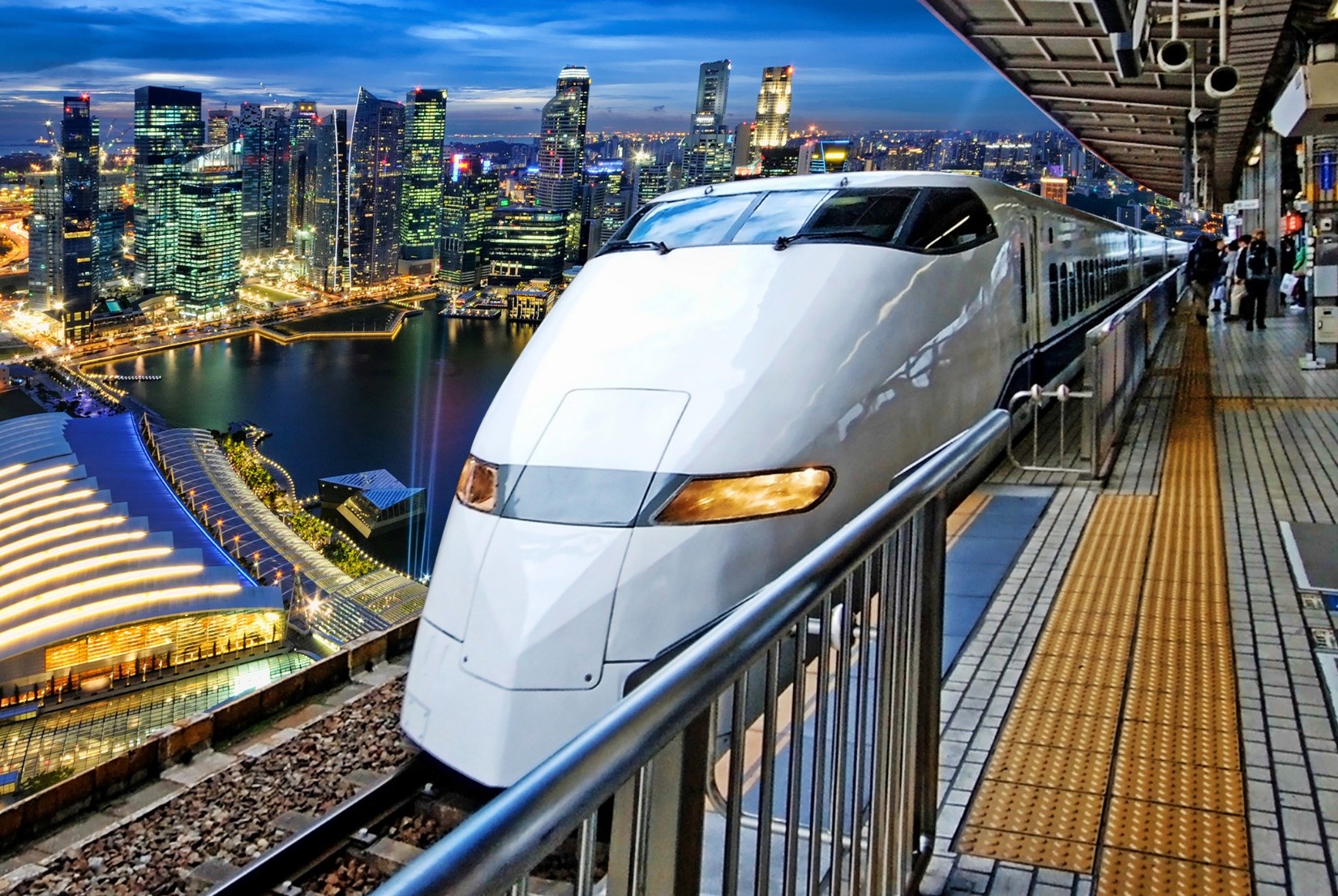
Deutsche Bahn, the German rail network, is already planning to make its network fully autonomous driverless trains by 2023.
SNCF, France’s national state-owned railway company, is currently using driverless trains “autonomous steering driven by sensors and computer programs”. They are also working to make their high-speed trains fully autonomous driverless trains. It’s been reported that the improvement could reduce the time between trains from 180 seconds to 108 seconds. This could mean the number of trains going on one single side line will increase by around 25%.
In Delhi India, despite a metro train crashing into a wall during testing of the driverless trains feature, officials are confident of successfully running driverless trains metros in the future.
London’s Docklands Light Railway and Copenhagen’s Metro also use systems with automatic train protection, operation and supervision.
In 2017, the mining company Rio Tinto began operating a driverless freight train on a 60-mile stretch of tracks in Western Australia. Following a successful launch and implementation, the company is looking to expand its driverless network this year.
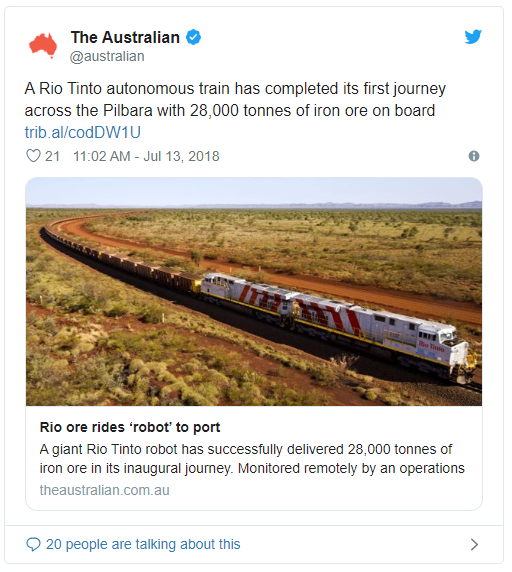
In conclusion
Despite the challenges stacked against completely automating trains, it would seem that many countries are going ahead with the gradual testing and implementation of these systems on their rail networks in the future of trains. It may be a while before we start seeing fully automated, long distance passenger trains becoming the norm, but we can learn from the development of smaller systems and go from there.
CONTACT US
TUMA provides sliding rail systems and solutions suitable for the driverless train industry. Selected products can also accommodate wiring and sensors for IoT systems. If you’d like more information, please contact us or one our distributors in your region.
Back


